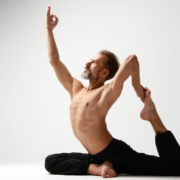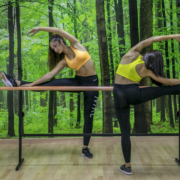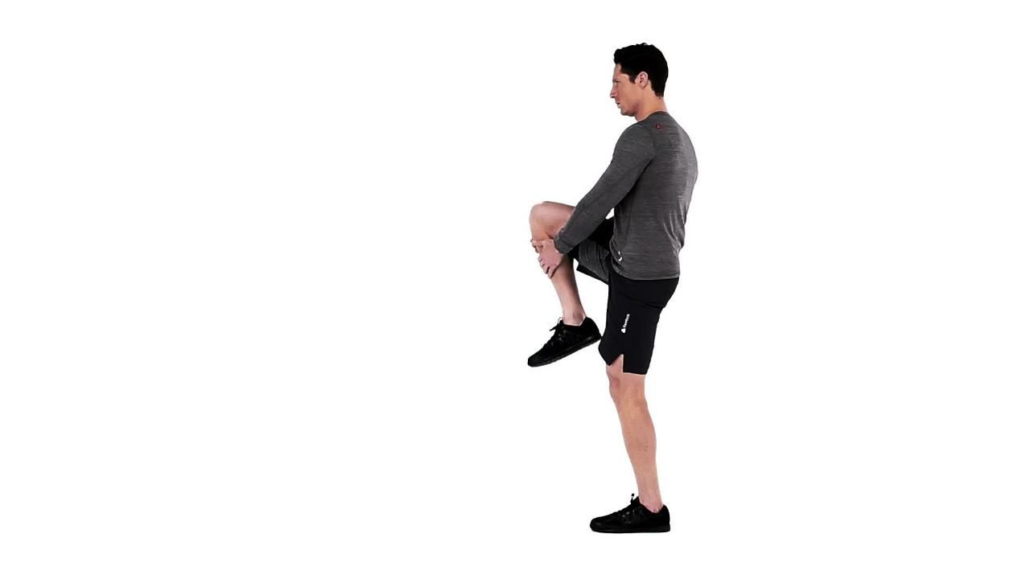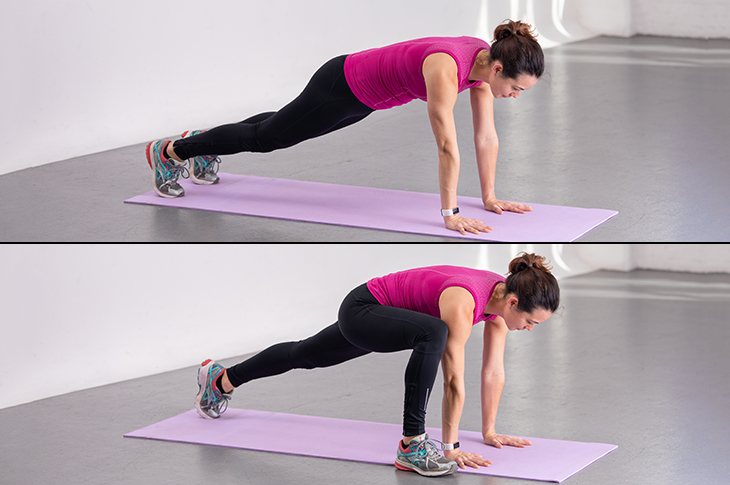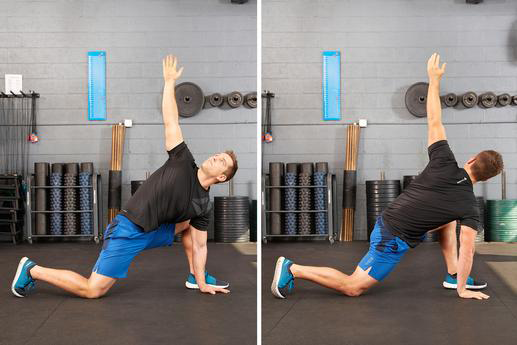Do this 15 minute flexibility routine everyday to boost your performance
Flexibility is the ability of a joint or series of joints to move through an unrestricted, pain-free range of motion. Although flexibility varies widely from person to person, minimum ranges are necessary for maintaining joint and total body health. For anyone who is physically active and doing weight-lifting or bodyweight training, more flexibility will generally aid you to perform better in that. Most people rarely stretch after a run or workout. If you only have an hour to lift, you should set aside at least 10-15 minutes to properly stretch post workout. It is key to stretch after you workout because it reduces the risk of injury and increases the overall benefit of the workout.
Here are some benefits to performing flexibility exercises as often as you can, increased flexibility:
- Decreases muscle stiffness and increases range of motion. Stretching helps improve your range of motion, which may also slow the degeneration of your joints.
- May reduce your risk of injury. A #flexible muscle is less likely to become injured if you have to make a sudden move. By increasing the range of motion in a particular joint through stretching, you can decrease the resistance on your body’s muscles during various activities.
- Helps relieve post-exercise aches and pains. After a hard workout, stretching your muscles helps keep them loose and lessens the shortening and tightening effect that can lead to post-workout aches and pains.
- Improves posture. Stretching the muscles of the lower back, shoulders and chest helps keep your back in better alignment and improves your posture.
- Helps reduce or manage stress. Well-stretched muscles hold less tension and, therefore, can help you feel less stressed.
- Reduces muscular tension and enhances muscular relaxation. Chronically tense muscles tend to cut off their own circulation, resulting in a lack of oxygen and essential nutrients. Stretching allows your muscles to relax.
- Improves mechanical efficiency and overall functional performance. Because a flexible joint requires less energy to move through a wider range of motion, a flexible body improves overall performance by creating more energy-efficient movements.
- Prepares the body for the stress of exercise. Stretching prior to exercise allows your muscles to loosen up and become better able to withstand the impact of the activity you choose to do.
- Promotes circulation. Stretching increases blood supply to your muscles and joints, which allows for greater nutrient transportation and improves the circulation of blood through your entire body.
- Decreases the risk of low-back pain. Flexibility in the hamstrings, hip flexors and muscles attached to the pelvis relieves stress on the lumbar spine, which in turn reduces your risk of low-back pain.
Below, we’ve added a link to a flexibility routine by Tom Merrick, an online health and fitness coach who is passionate about bodyweight movement, flexibility and mobility.
